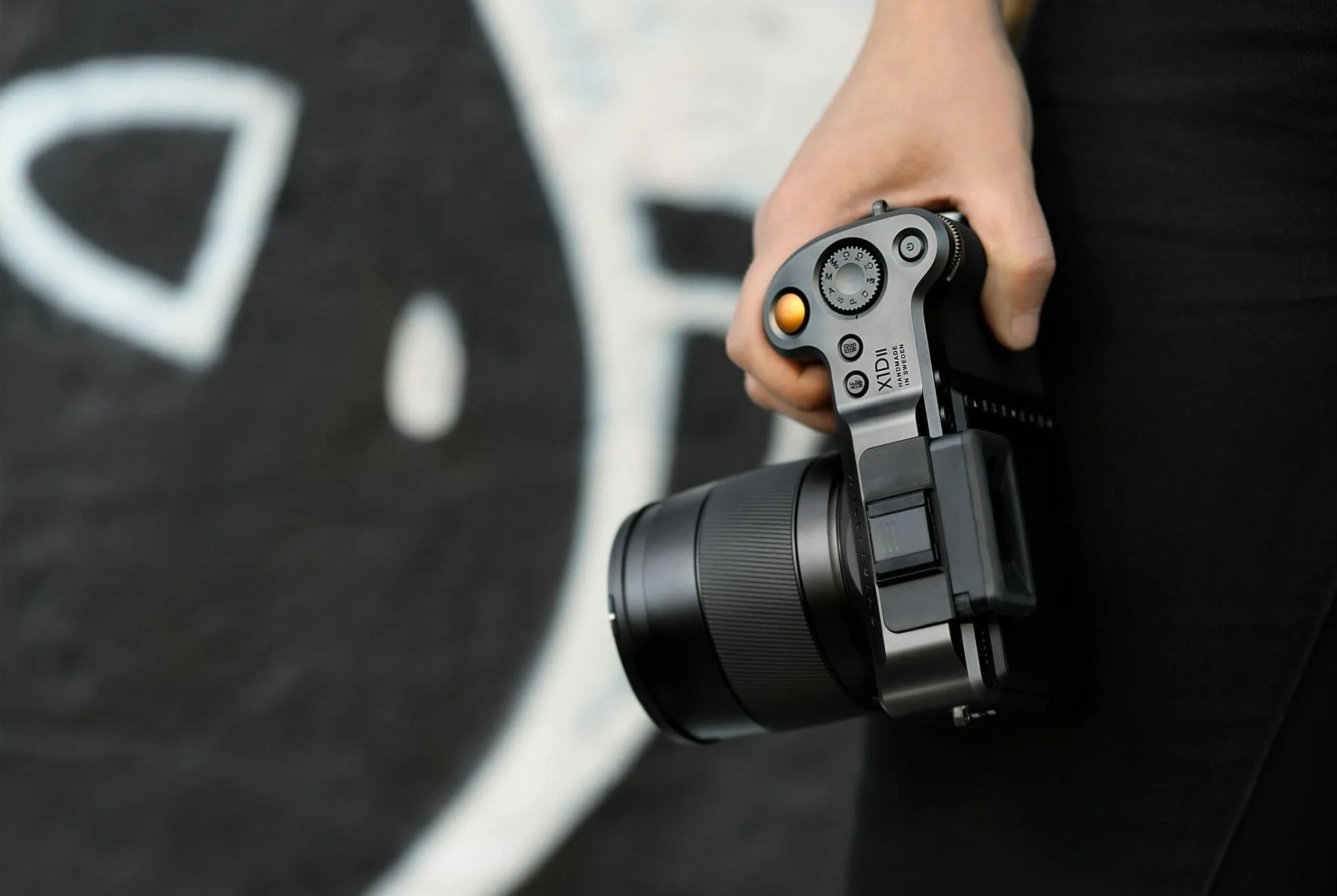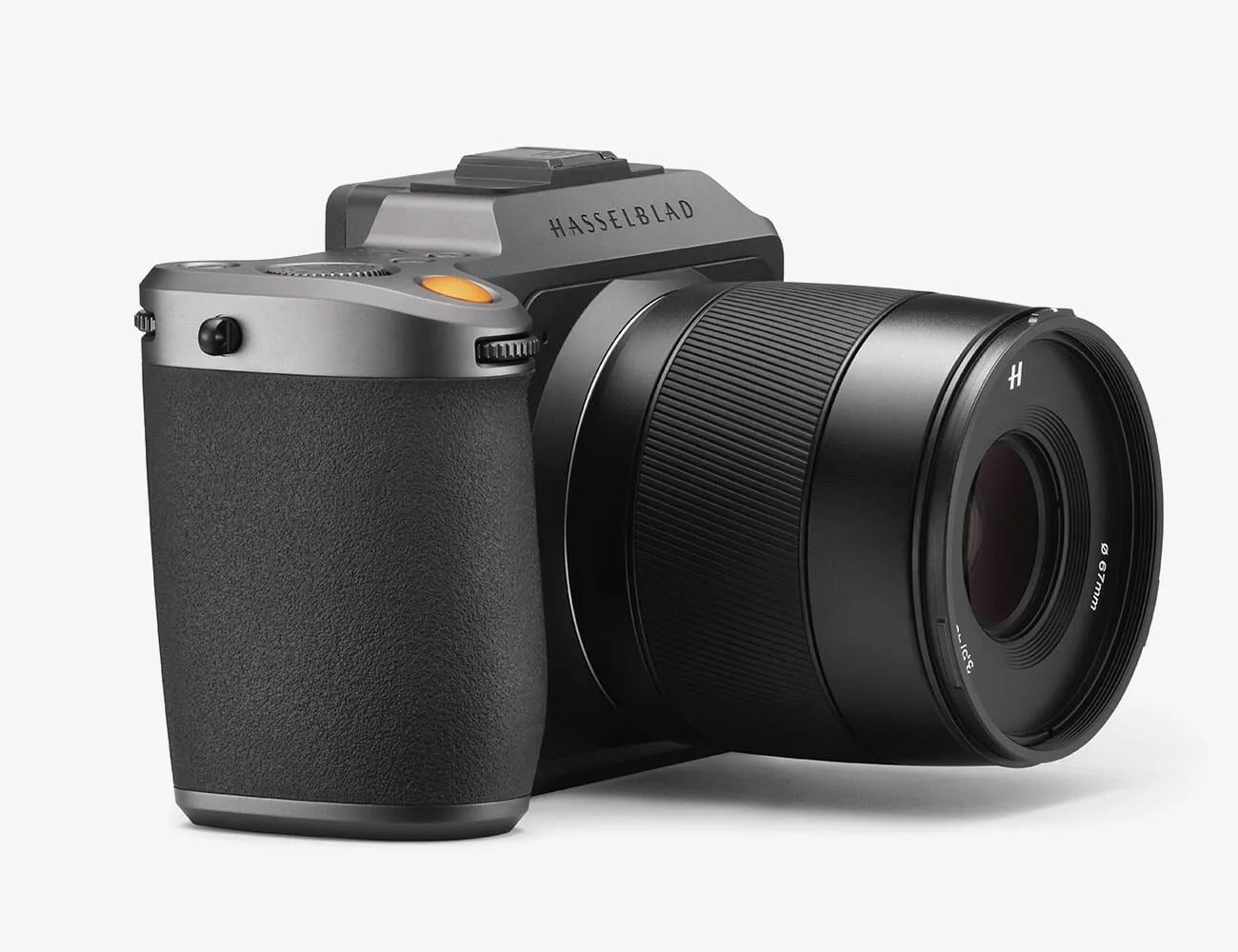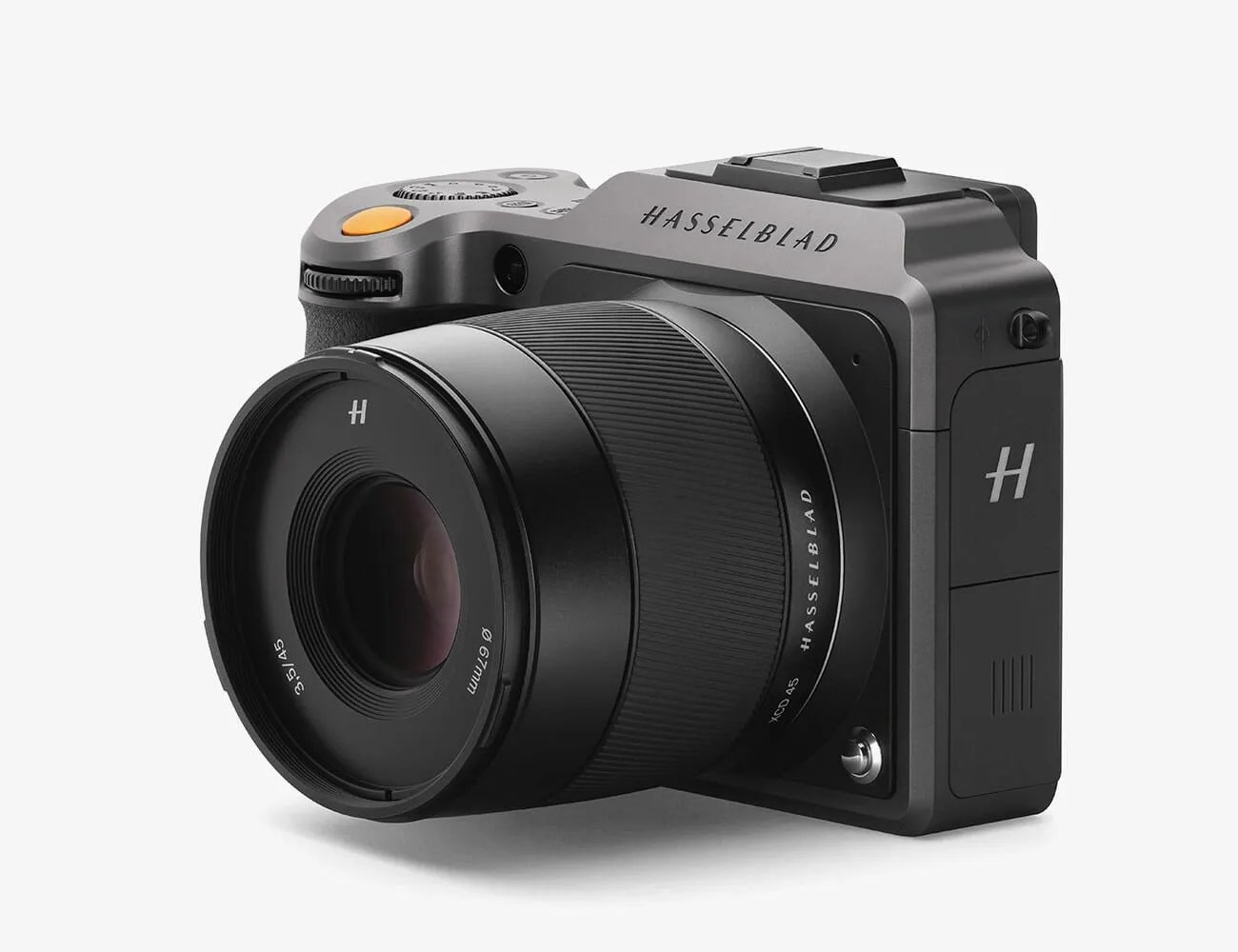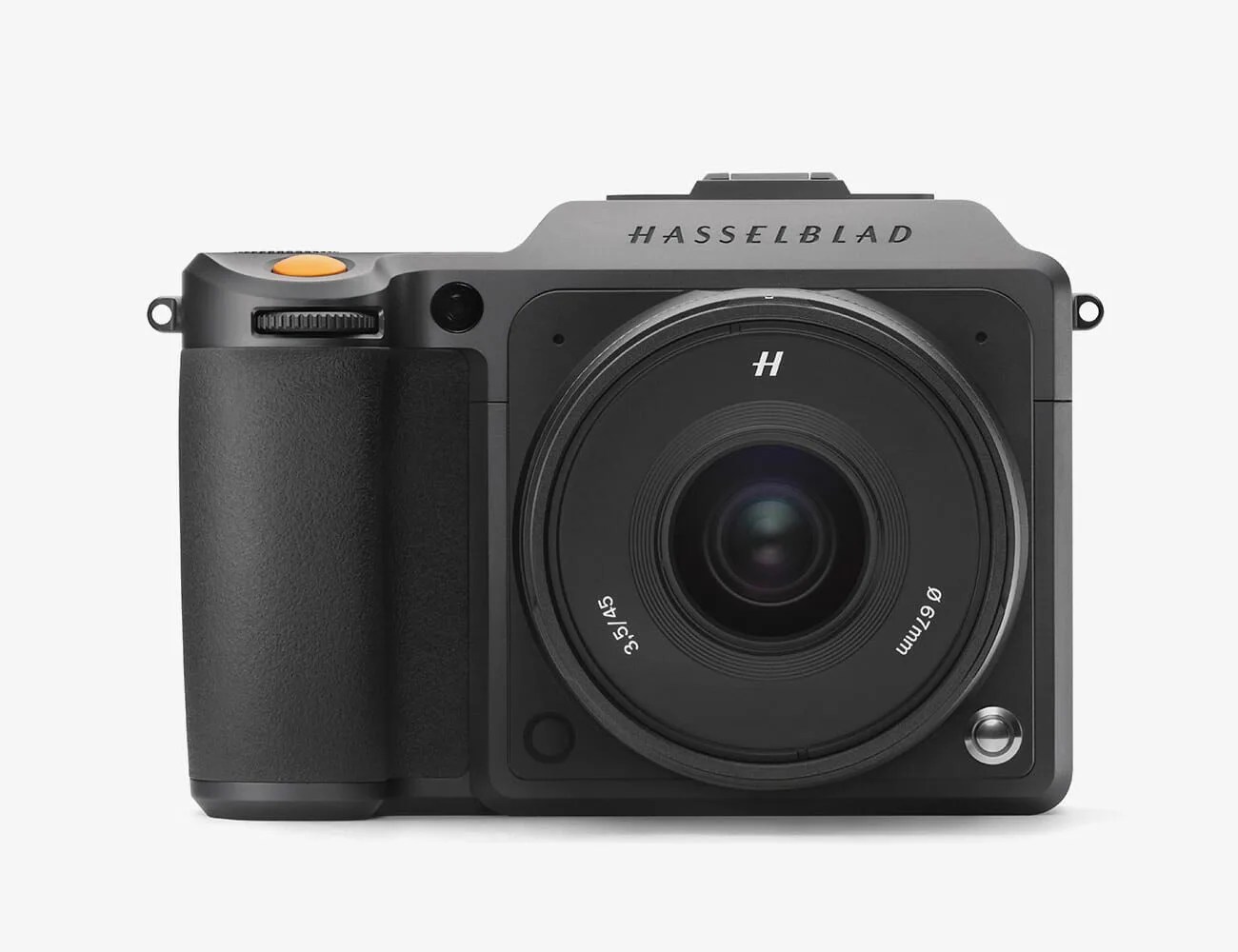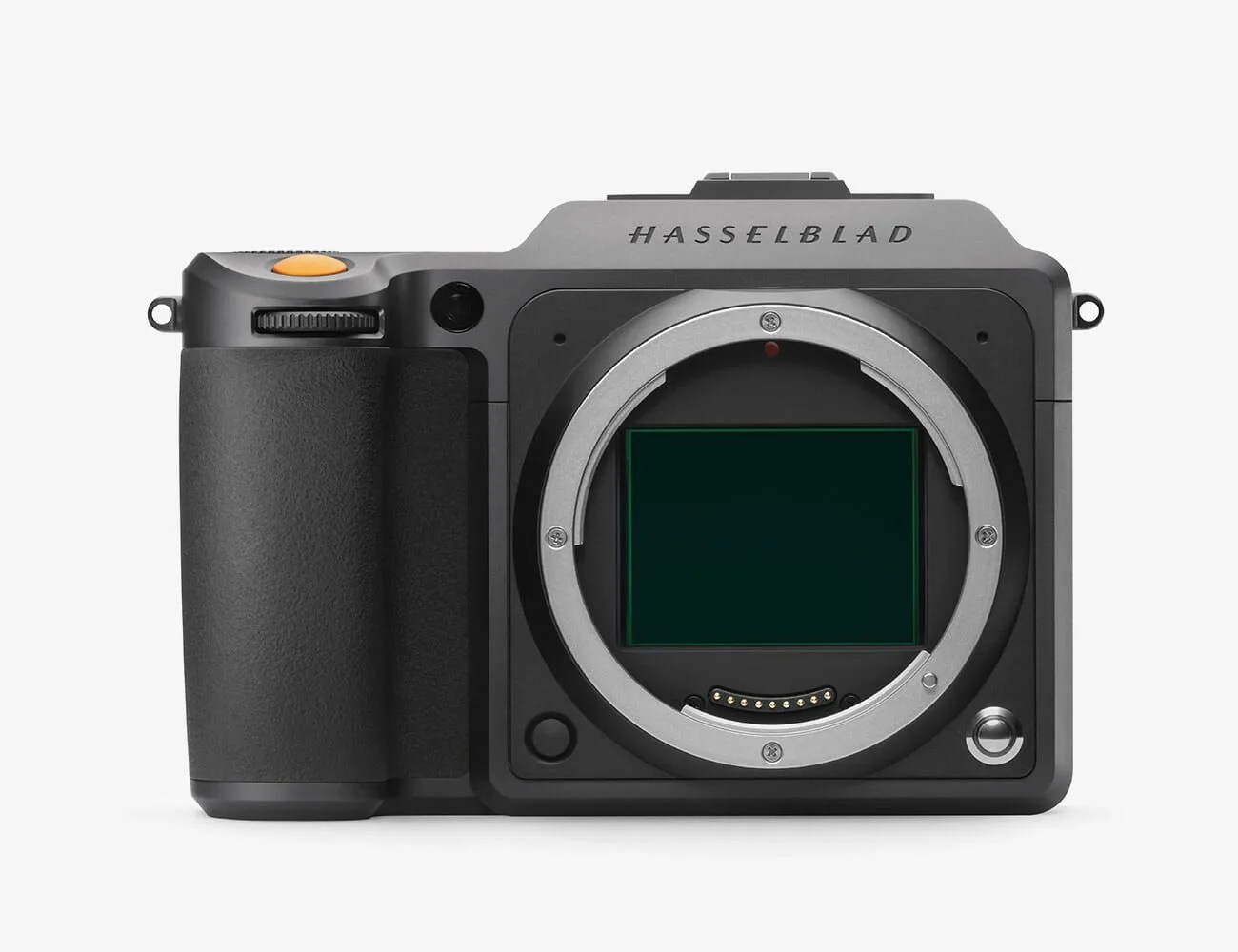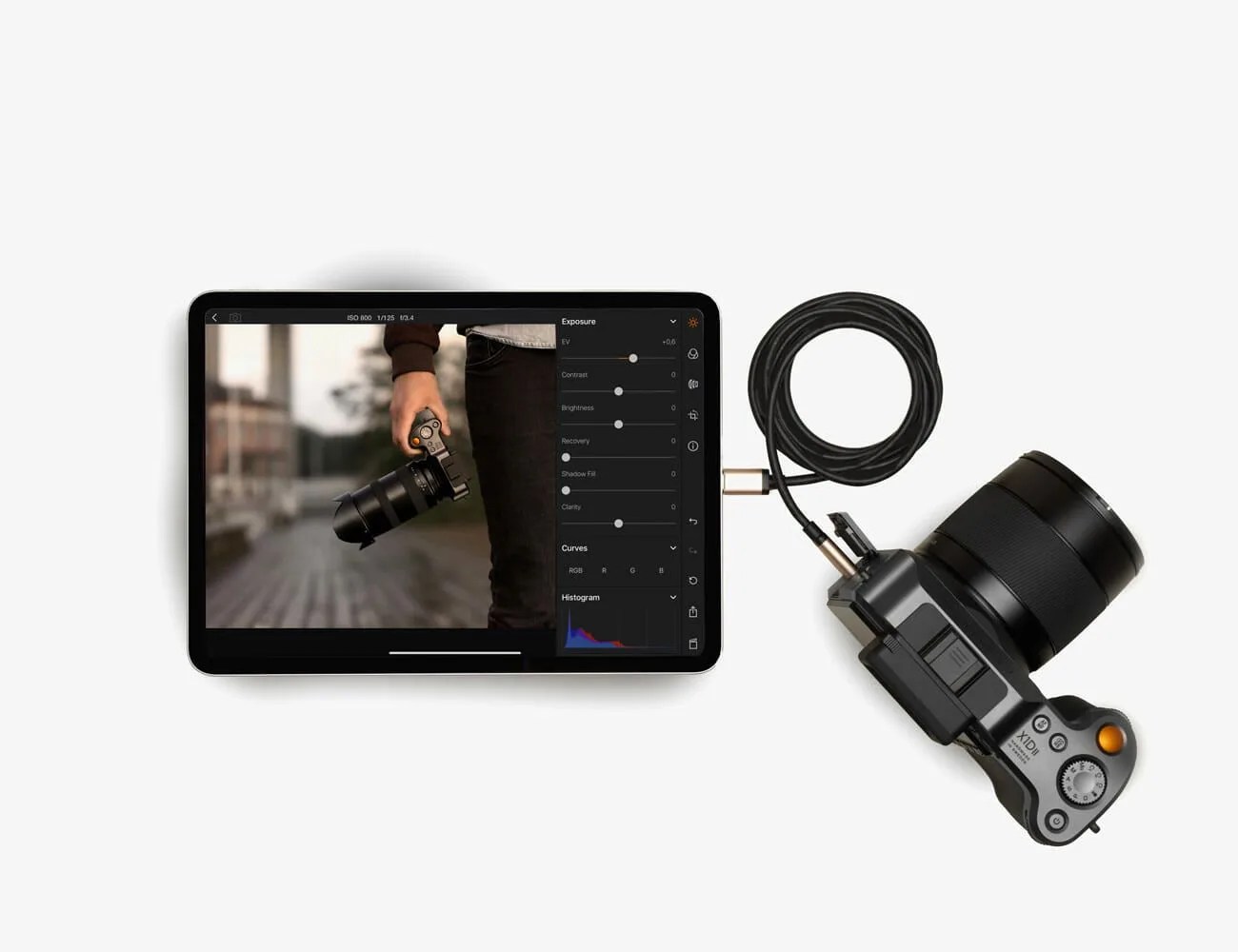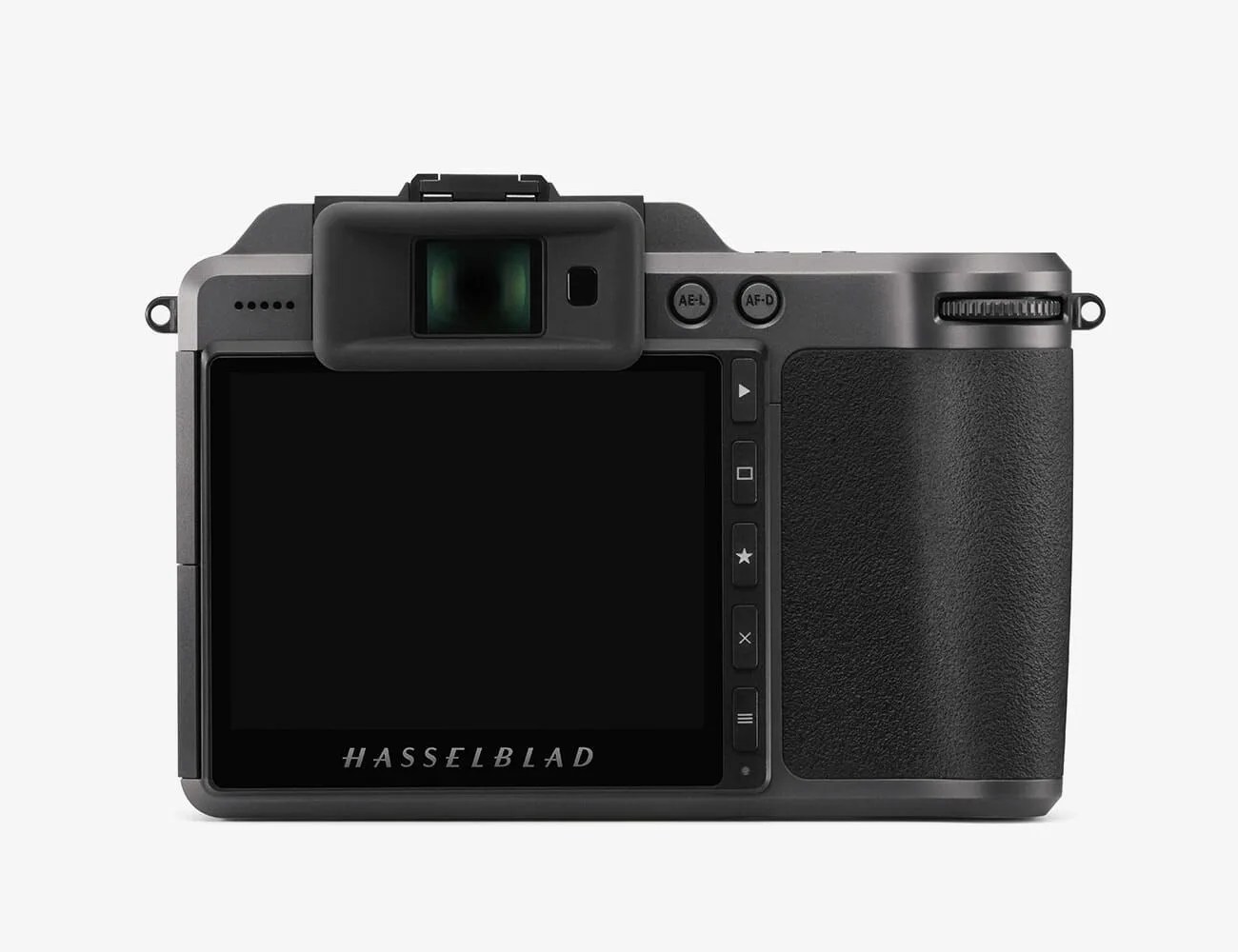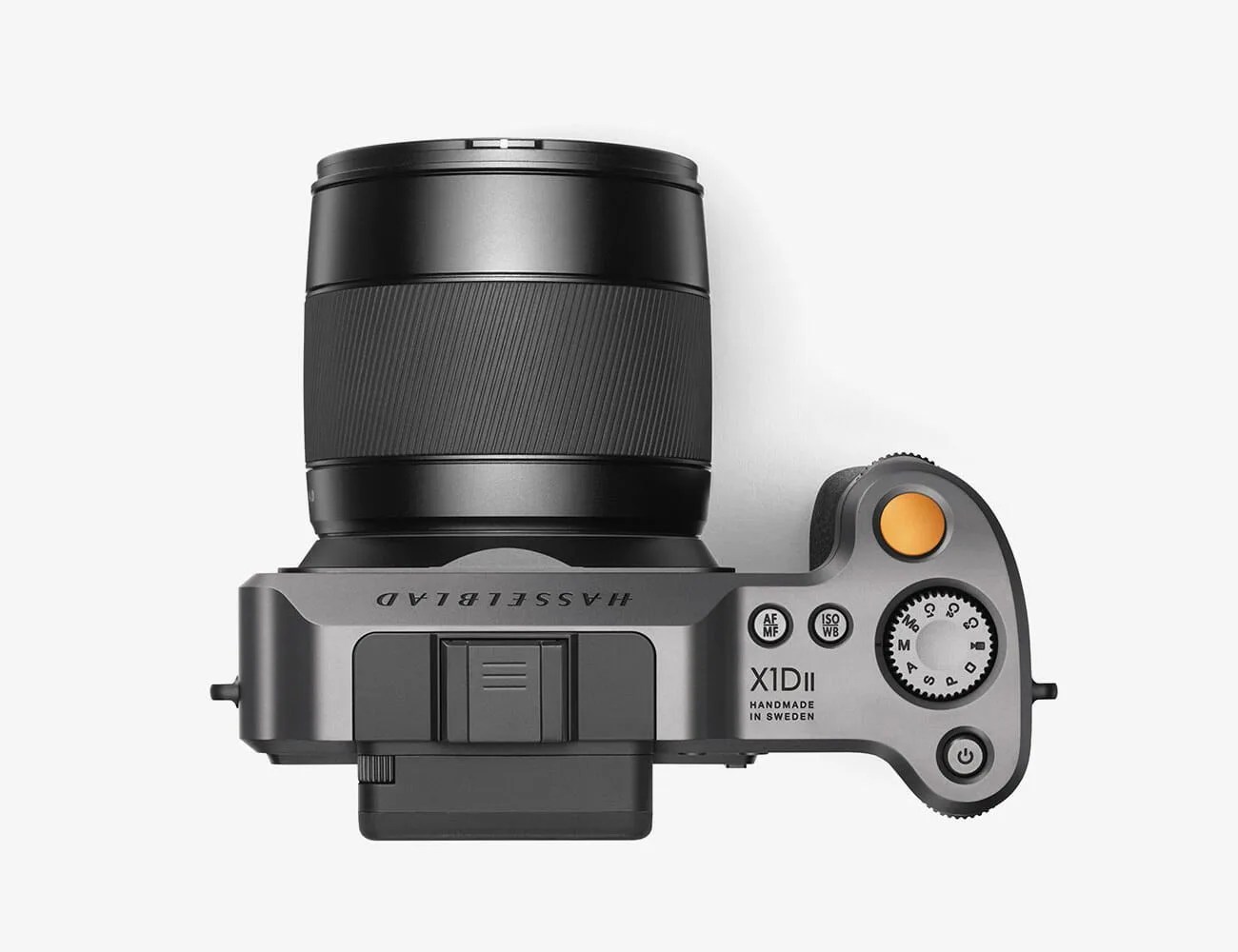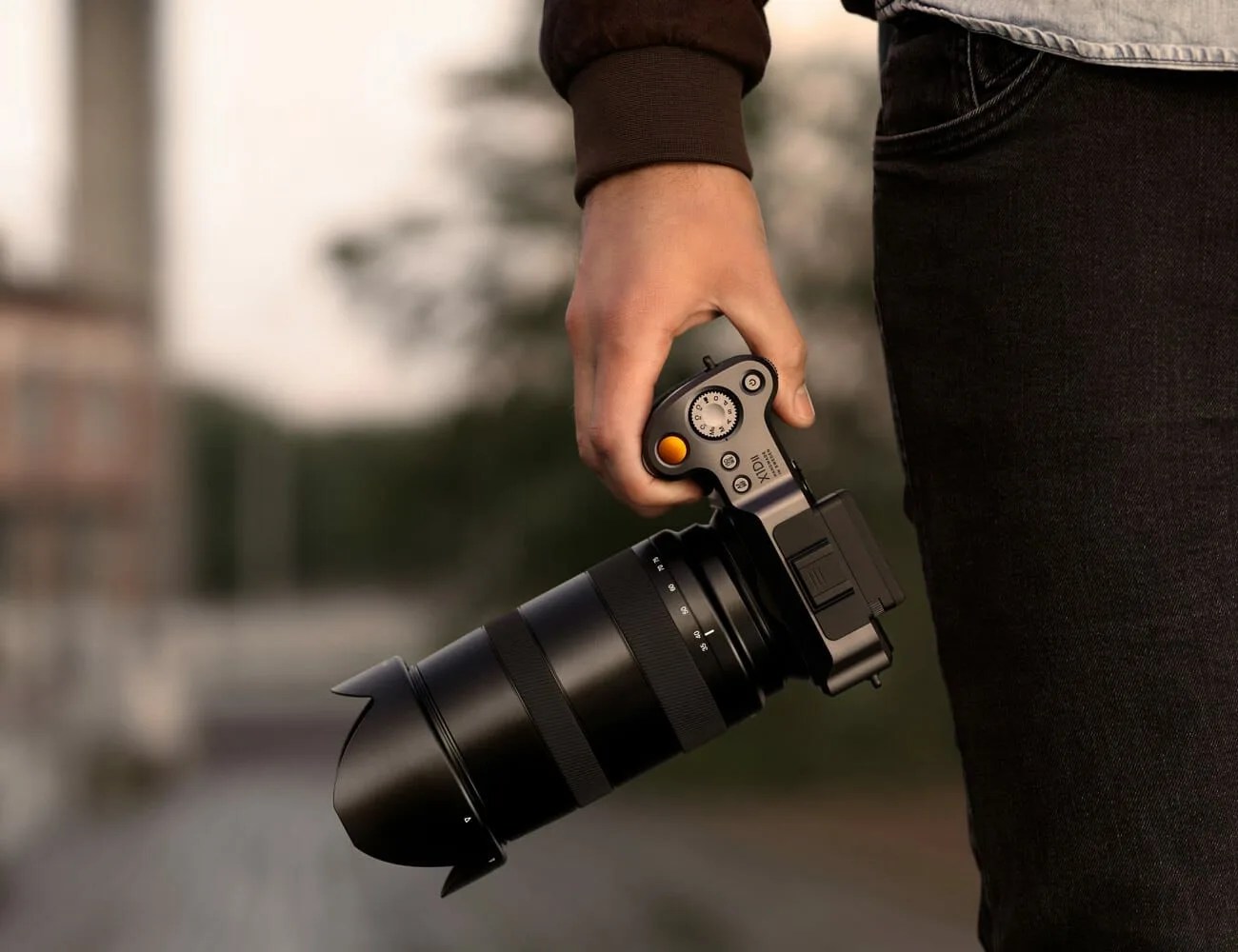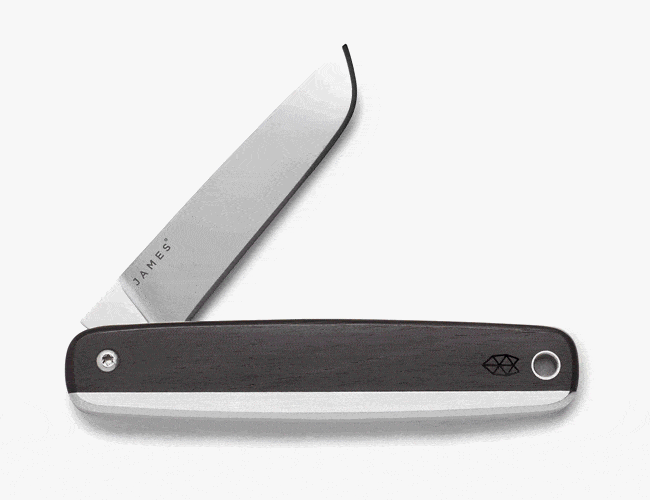When it debuted in 2016, the Hasselblad X1D was a revelation: the first mirrorless, medium format camera. That is, one with a sensor about 1.7 times larger than a normal ‘full-frame’ shooter and without a big, heavy reflex mirror. This packed the tech and image quality that was previously the domain of $60,000 studio cameras into a smaller-than-a-DSLR package that was a more reasonable $9,000. Today, Hasselblad introduced its successor, the X1D II, which promises to be faster, cheaper, and more user friendly.
The X1D II isn’t just an upgrade to its forebear, but also a response to Fujifilm’s GFX50s, a $6,500 competitor to the X1D that outperformed the Hasselblad in basically every measurable metric. The Fuji is a bit bigger and the menus are a bit uglier (and the name ‘Fujifilm’ isn’t as cool and Swedish), but it presented a challenge that Hasselblad is answering today.
4 photos
The X1D was never a bad camera. It was the first stab at bringing a style of camera most enthusiasts had written off as unattainable down to Earth. The image quality off of the 50 megapixel sensor was incredibly high and its extreme dynamic range made it instantly best-in-class for mirrorless cameras. But it was slow, temperamental, had a short battery life and was too expensive. Hasselblad has continually worked on some of those problems with firmware updates but there’s a limit to how far you can go without tweaking hardware.
At a surface level, the difference between the X1D and the new X1D II is slight. The finish is darker, the rear touchscreen is .6 inches larger and there’s a “II” after the X1D etching on top. What Hasselblad has done instead is focus on speeding up the user experience: the company says continuous shooting is up 35 percent, live view frame rate is up 62 percent, the electronic viewfinder is much improved and start up time is nearly cut in half. Another cool new addition is the ability to tether the camera directly to an iPad Pro over USB-C. Otherwise, the sensor and autofocus system remain the same so you won’t see any big changes on those fronts.
But maybe the most notable change is the price. It’s come down to $5,750, bringing it much closer in line with Fuji’s GFX line while offering a generally superior user experience.
5 photos
